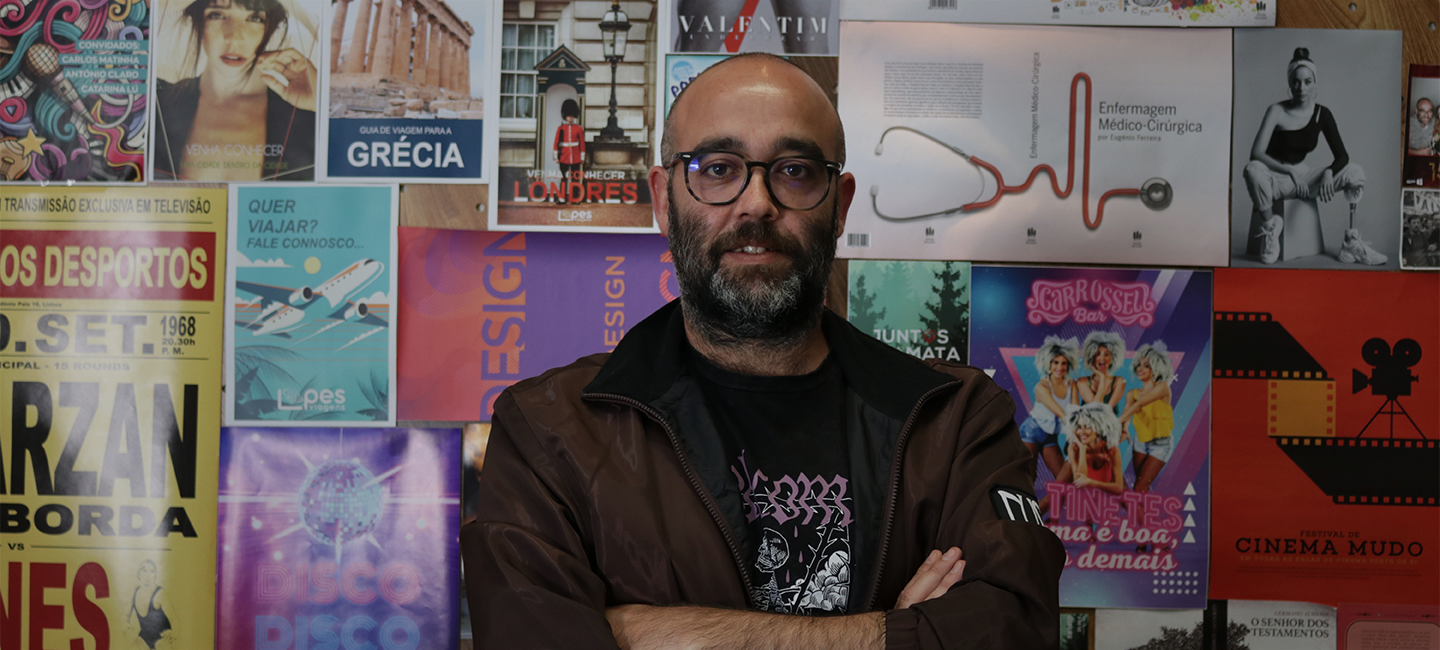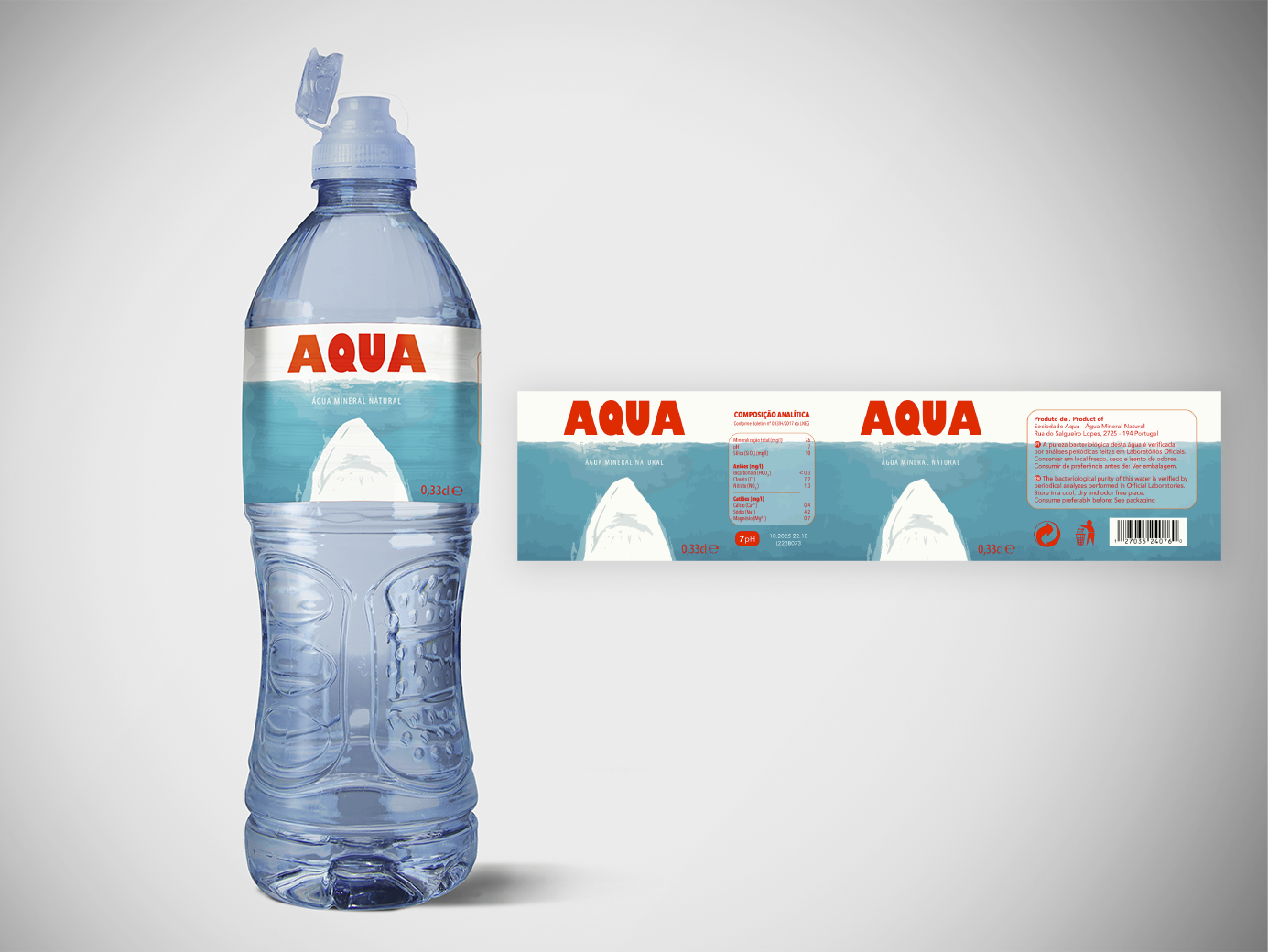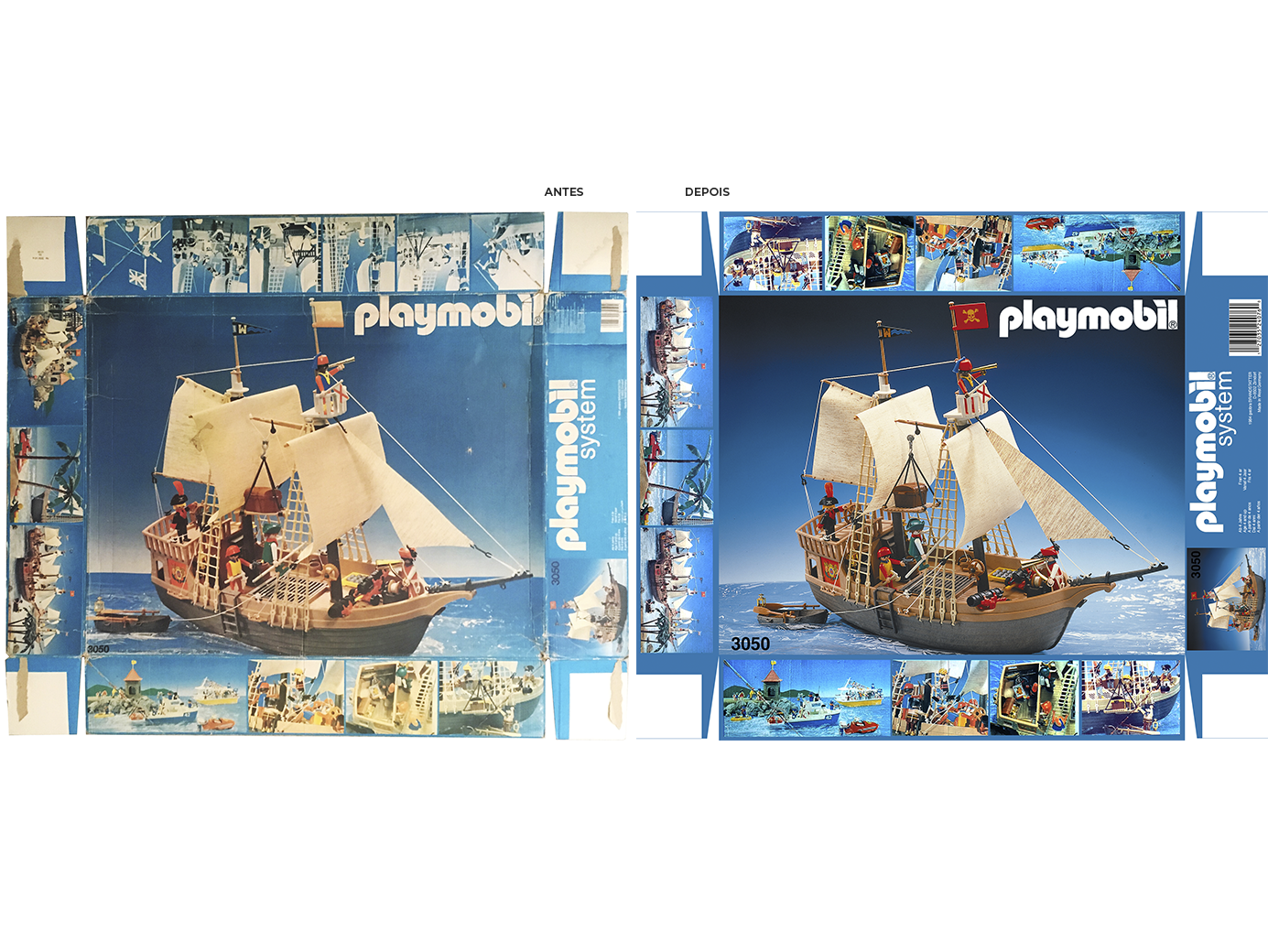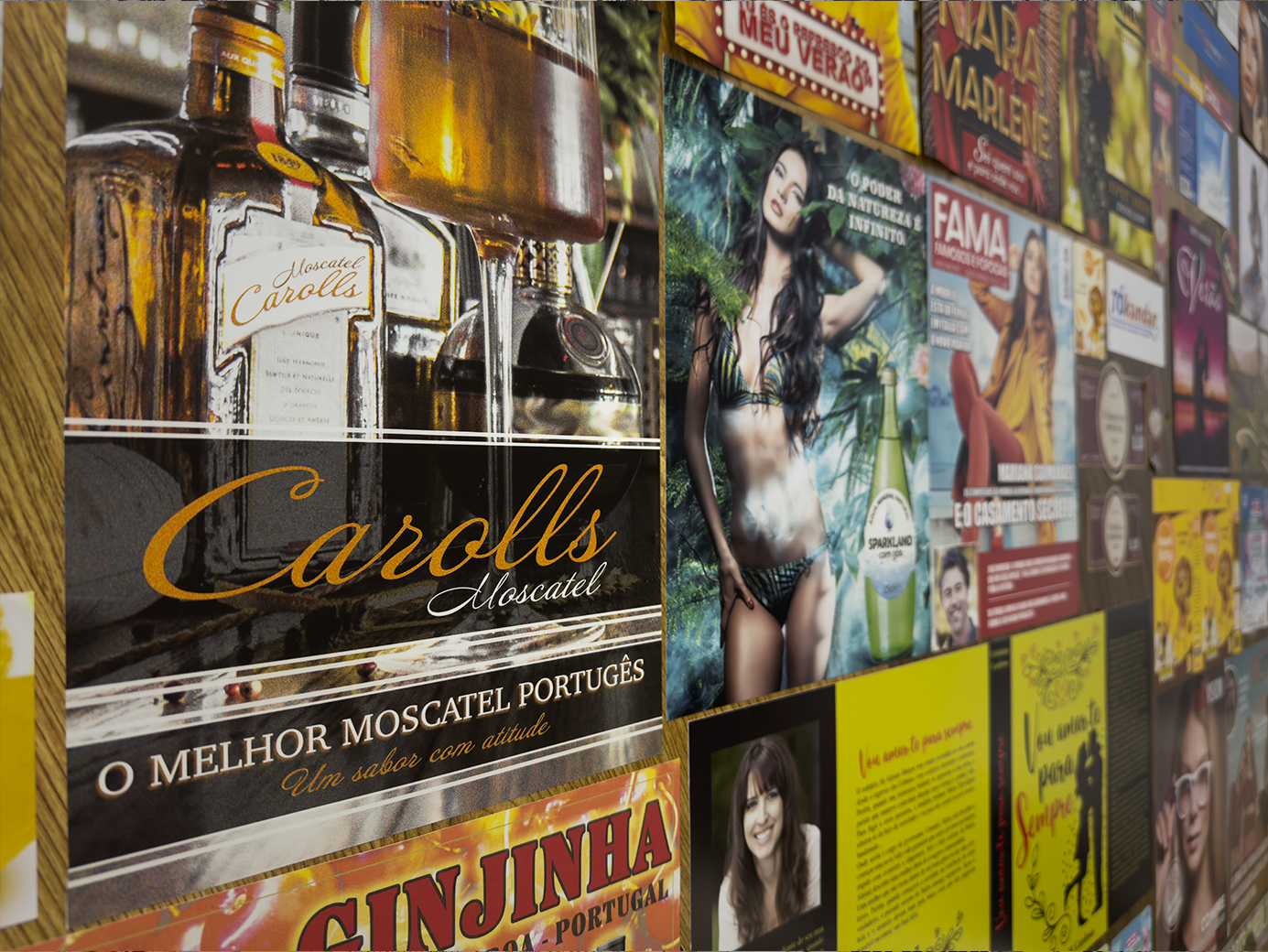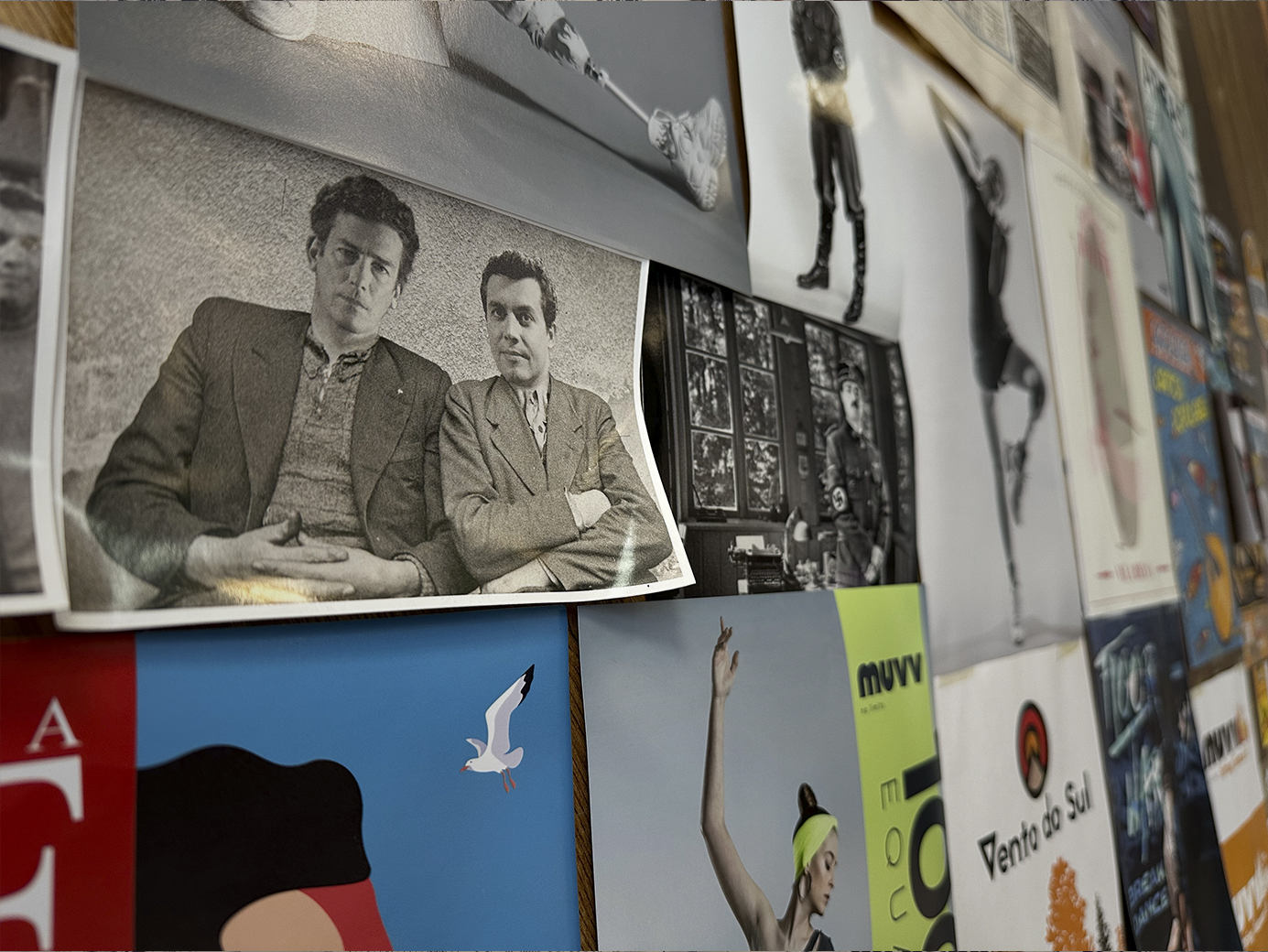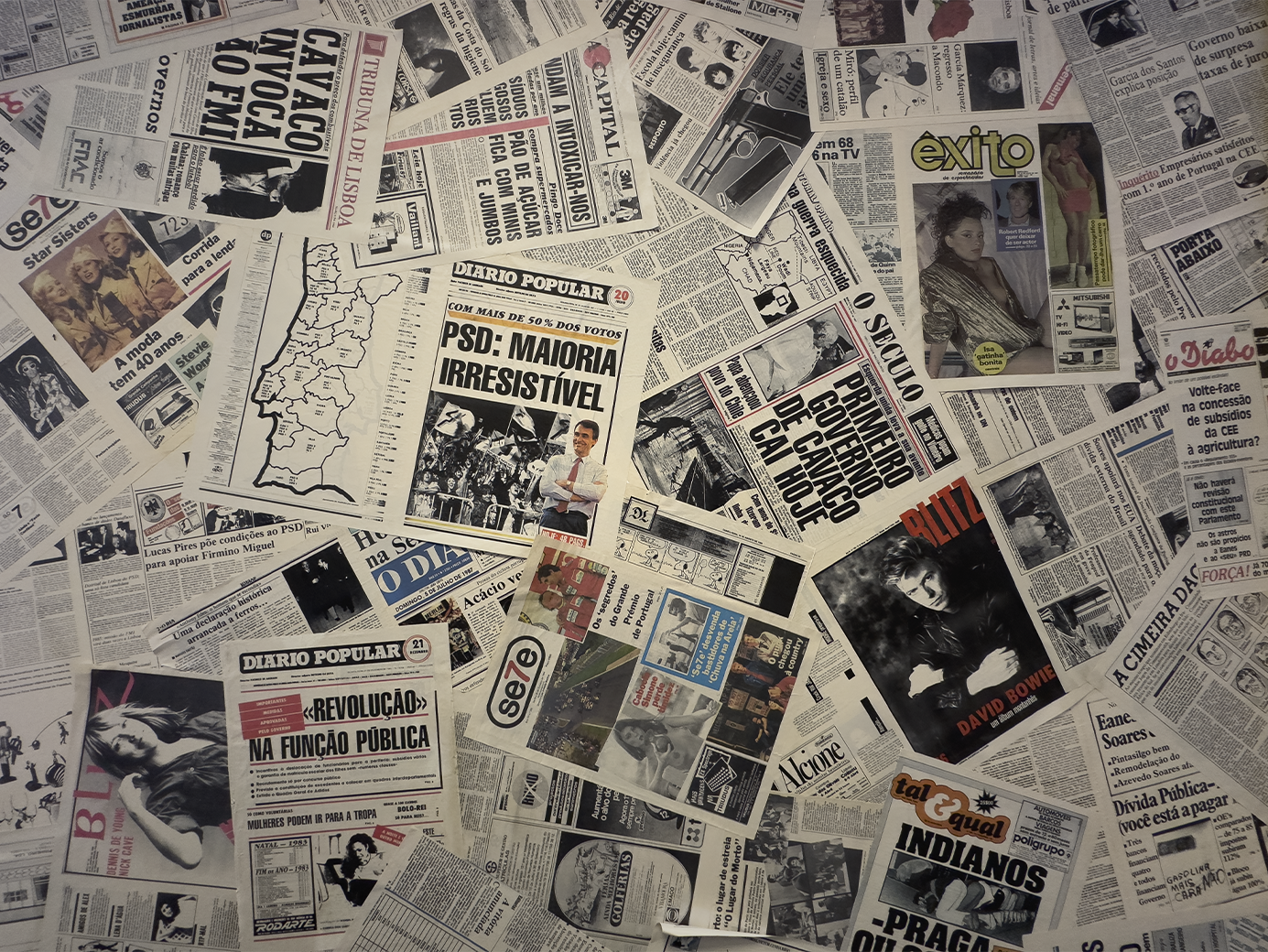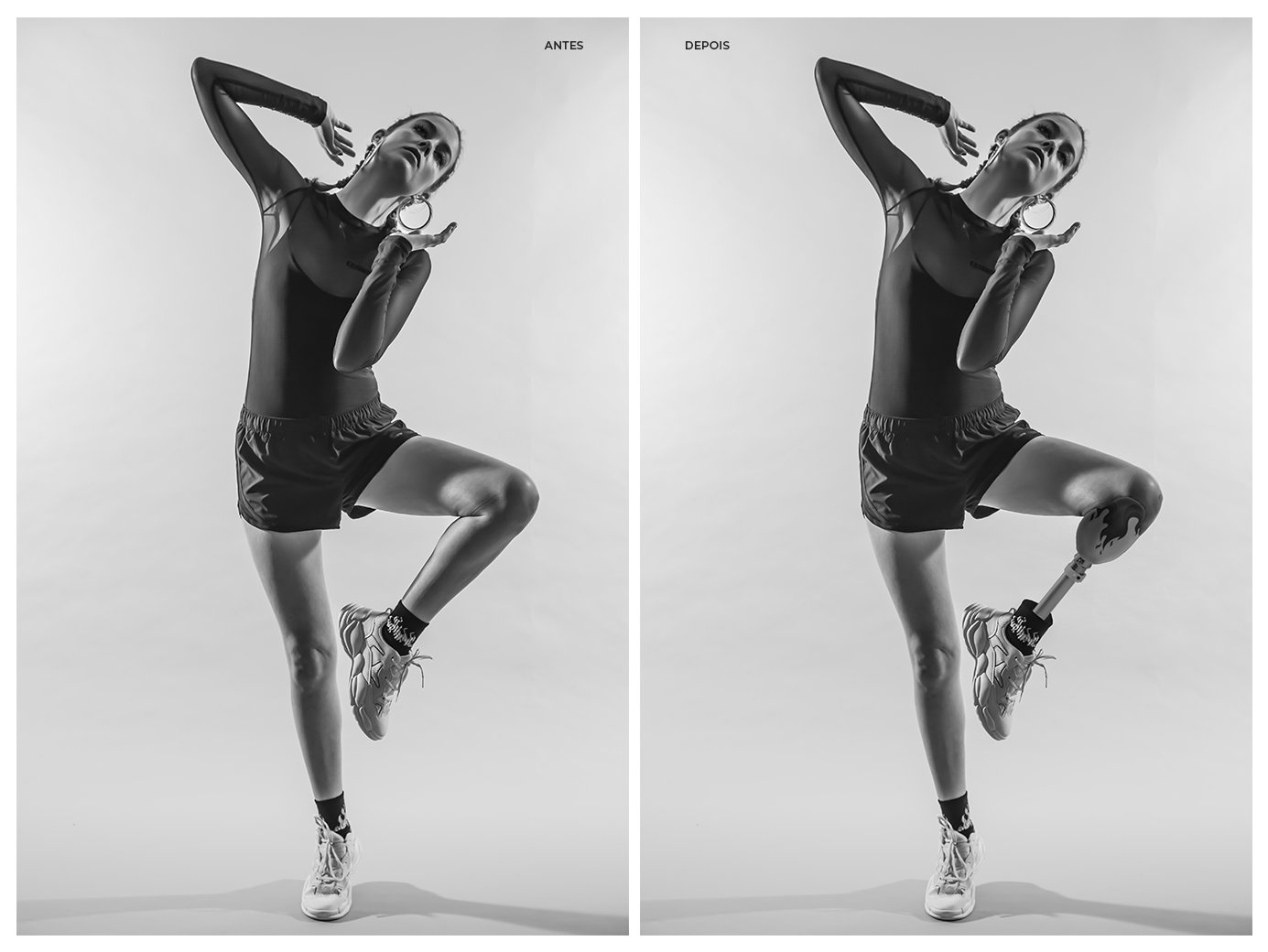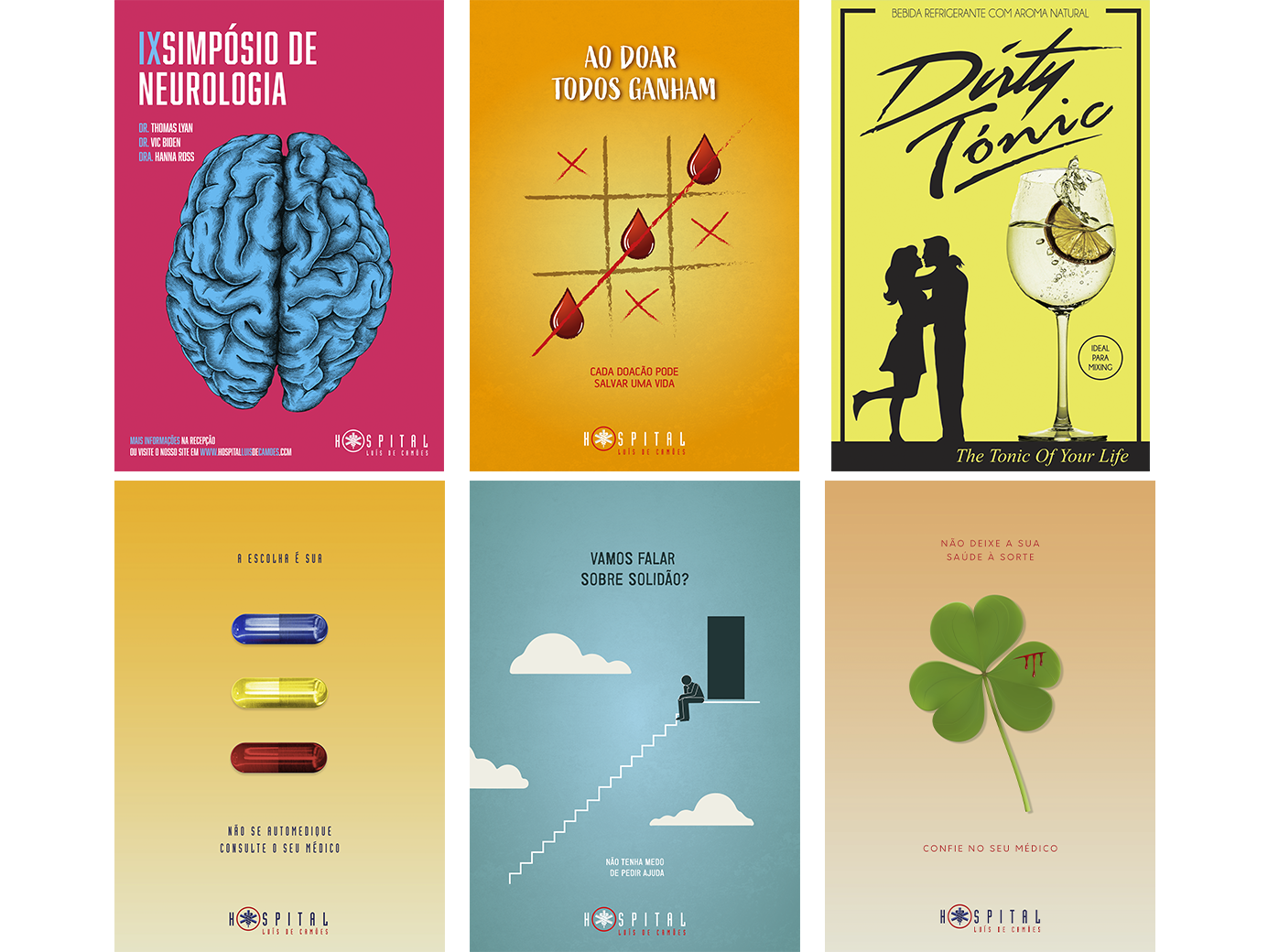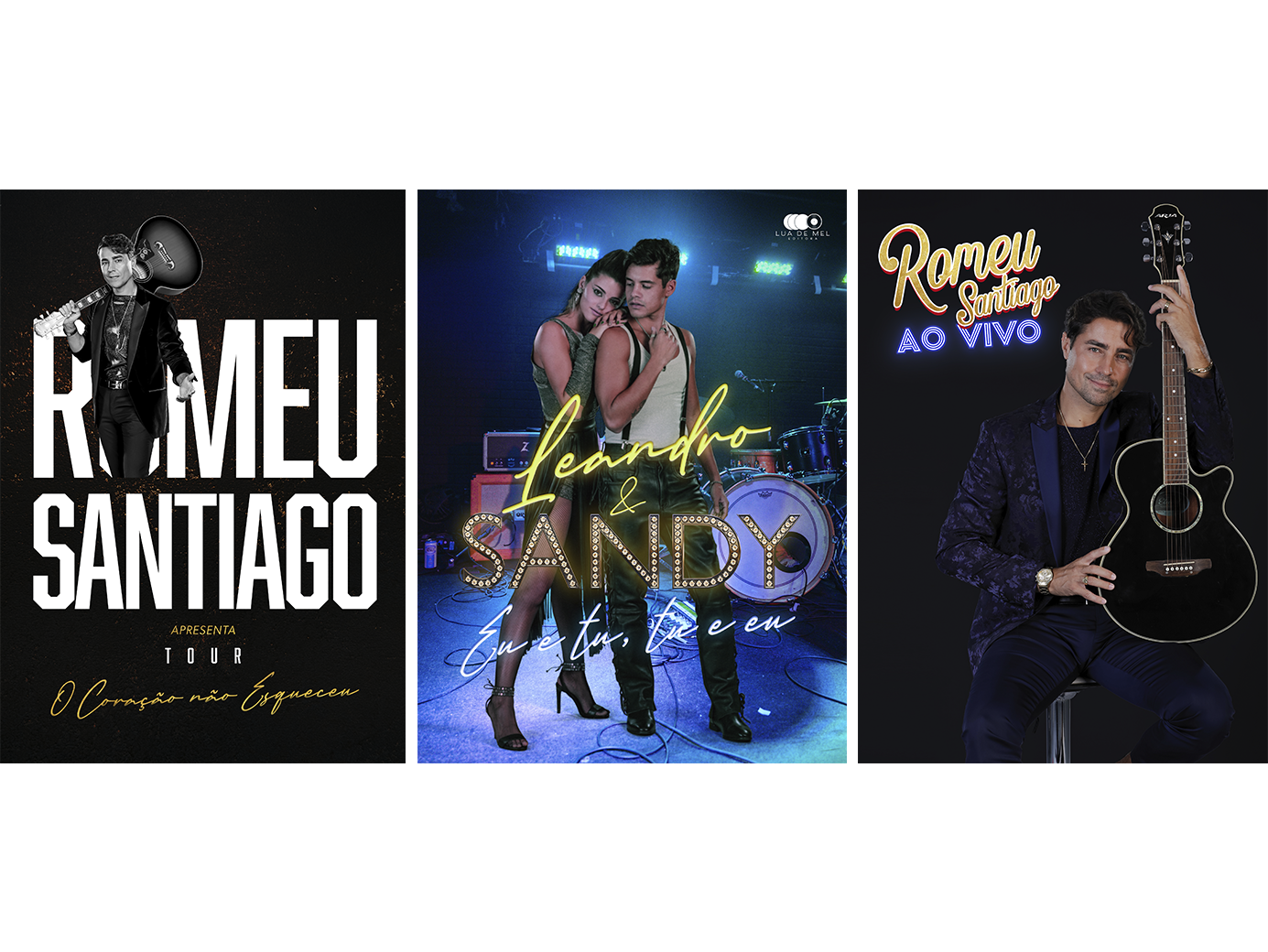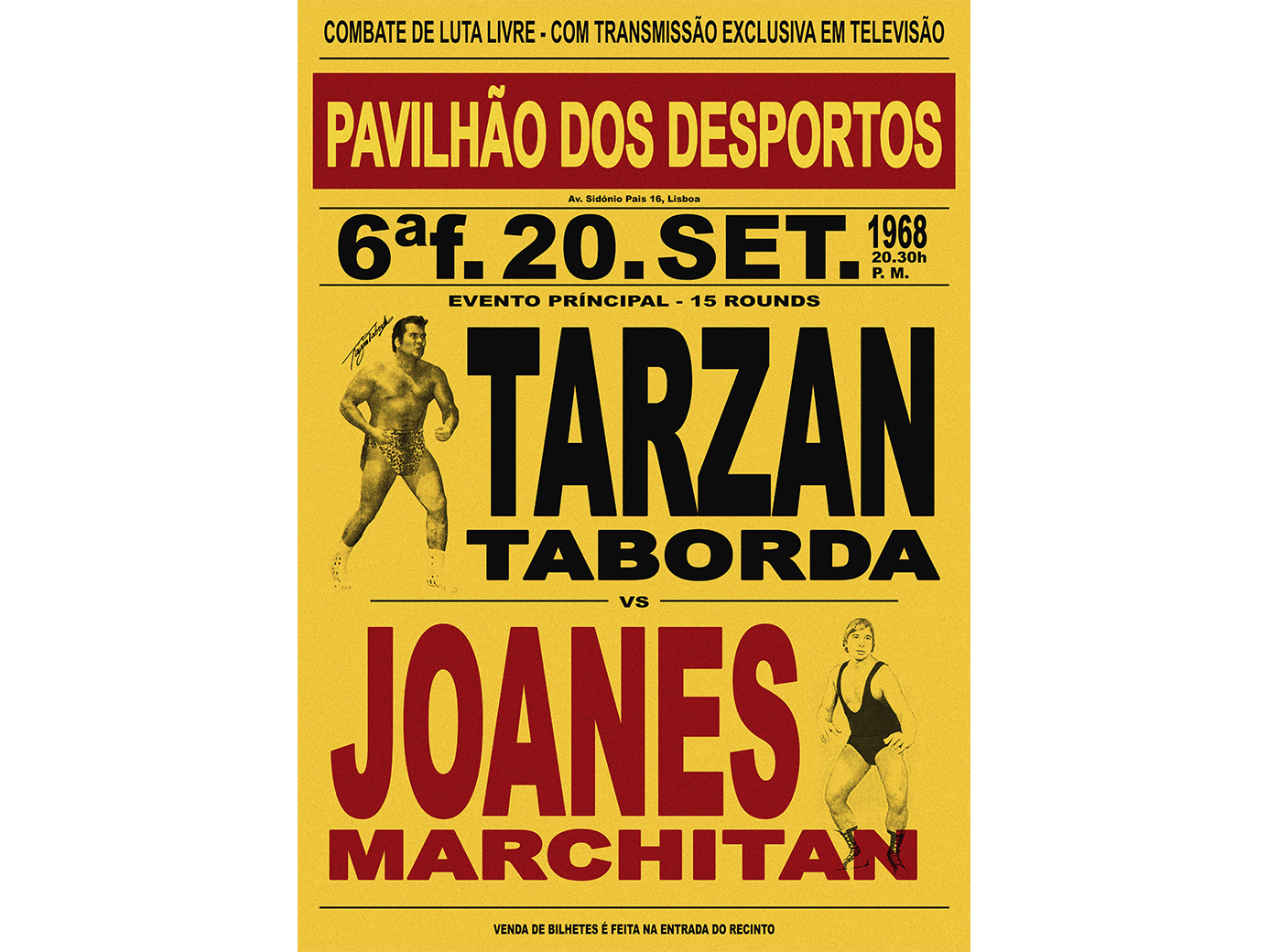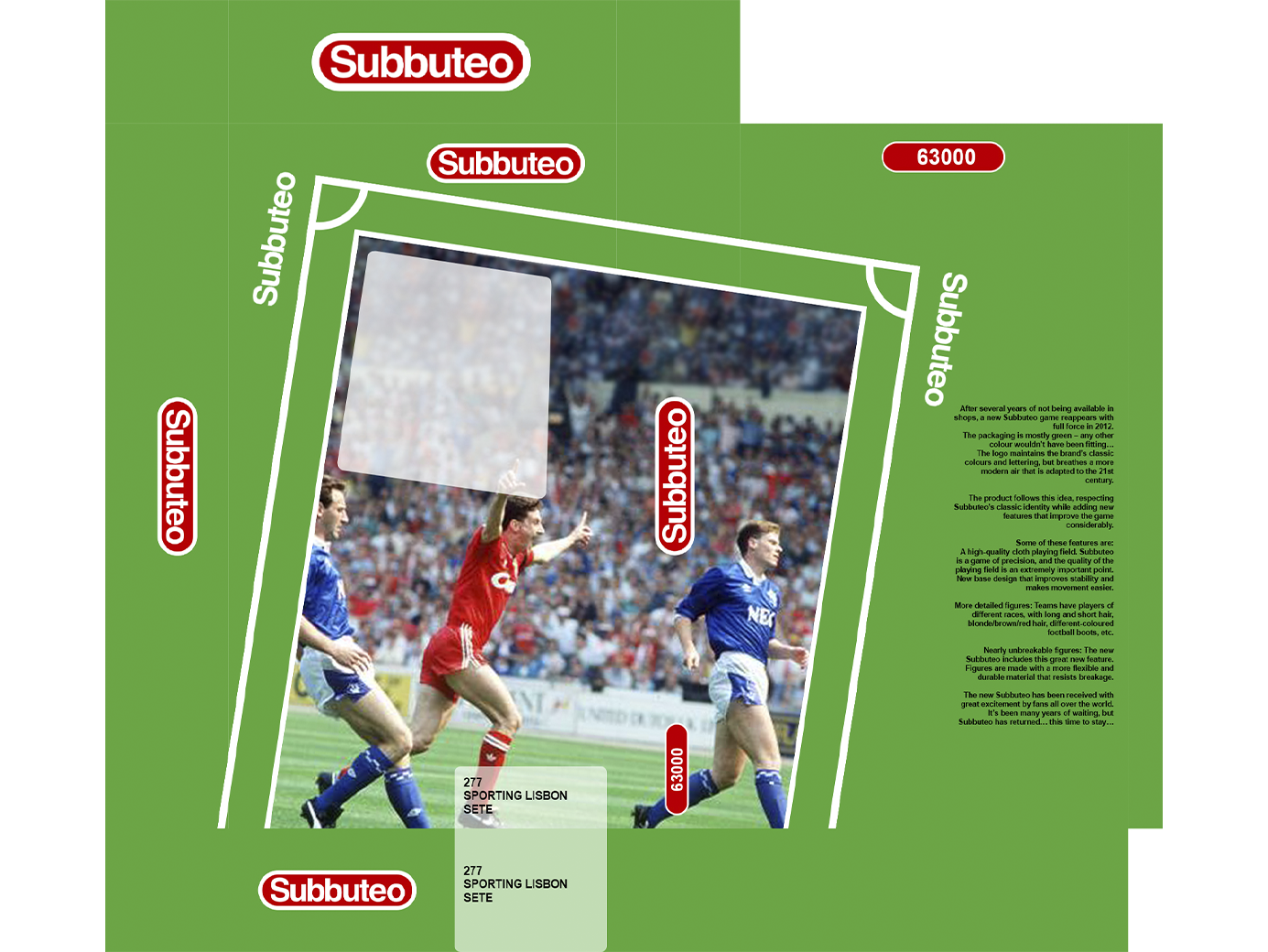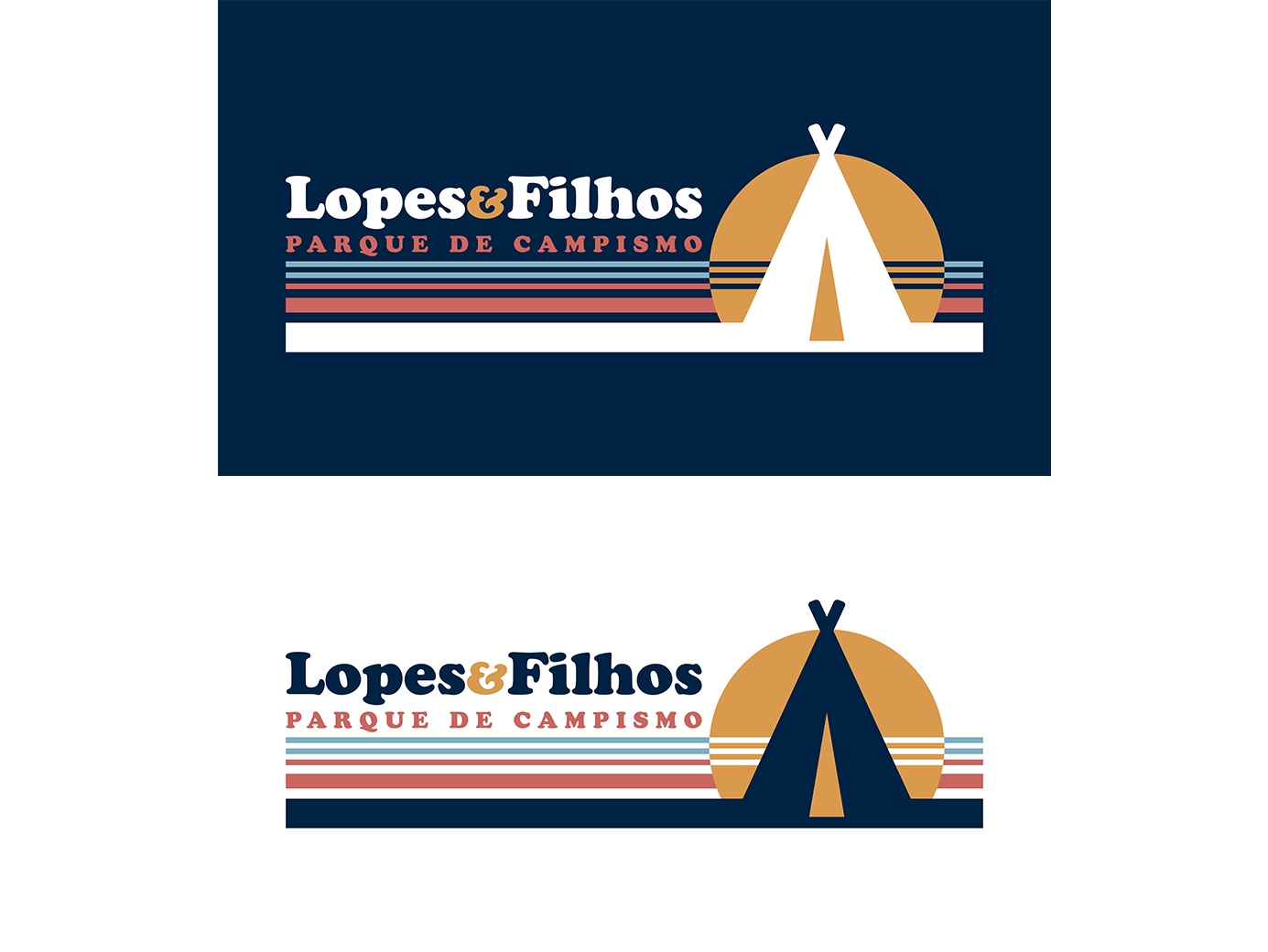Interview with Luciano Rodrigues - Coordinator of the Graphic Support Unit
Even though the stories we produce are complete fiction, there is an increasing need to make them real as much as possible. It is in this sense that Luciano Rodrigues and his team come into action. This team is responsible for the creation and development of the smallest details, such as the label of a bottle of water or the citizen card of a character, to the largest ones, such as the construction of the floors of a décor or even wallpapers.
When it comes to graphic design, what are the stages of shooting a telenovela or series? And which is the most important?
For us it is divided into two stages, the Pre-Production and the Production itself, in which we are already recording. The Pre-Production phase is the one I consider to be the most important, since we are creating the basis where the whole story will be developed. In this phase, the graphics department works directly with the Set Design and Decoration teams, where we initially start by setting concepts based on briefings, which are passed to us by the project coordinator, about the characters and the sets themselves.
From here we create all the imagery for the sets (branding, flooring, tiles, wallpaper, pictures, breakout panels, etc.), whether commercial or residential, where we try to be as faithful as possible to convey the veracity that a set needs. When we are already recording the telenovela, things become more fluid, and at this point the graphics department works directly with the Props and Decoration teams, who maintain the continuity of the project. It's at this stage that we also face interesting challenges, from new outdoor sets to studio sets, as well as all the details that complete the scene, such as logos, posters, photo montages, books, magazines, newspapers, labels, packaging, documents, and so on, everything we can imagine that contributes to mark an idea or action.
With so many projects running through your hands, what does it take to innovate?
Like any professional in the Design field, it is necessary to keep up with trends, concepts and work techniques, but the most important thing is to have a team with whom we can discuss ideas and processes to reach our goal. Right now, without this team (Beatriz Ruivinho and Carolina Martins) it would be impossible to create so much diversity and quantity of items every day.
What are the challenges of working in fiction?
Each project brings its own challenges, because each telenovela deals with different themes and ideas that we have to transport to everything we create. For example, the challenge becomes greater when we have a period production, where everything we create has to transport the viewer to a specific time or place, but the result is very rewarding when we feel that we have managed to create that temporal connection with the viewer.
How is the graphic construction of an idea that is passed to you by the production of a telenovela or series done?
We receive briefings daily and, as a rule, we always have at least two projects in hand, each one with the graphic line defined by us and approved by the project coordination. From this point on, all requests are made taking into account all the imagery defined, both for characters and sets. For example, in the production of THE SECRET, we were asked for the graphic line of the novela to be clean and live in a lot of color, as well as all the graphic material to live around films and series that have marked the history of cinema.
Of all the fiction projects that have been done by SP Televisão, which was the most challenging and the one that came out best?
It's hard to choose a specific one, because I've worked on a few projects, but I think the most challenging was TELL ME HOW IT HAPPENED, for RTP. This series is in the 80s, early 90s, and we had to produce content exactly as it was then. I remember that one of the set designs was a kiosk in Jardim da Estrela, where the newspapers of the time (JN, EXPRESSO, DIÁRIO DE LISBOA, A BOLA, ÊXITO, SETE, TAL&QUAL, BLITZ, JORNAL DO INCRÍVEL, A CAPITAL, etc.), magazines, games of chance, among others, were sold. In this case, it was necessary to go to the National Library to make a survey of newspapers, magazines, and advertisements of that time and according to the landmark events that would intersect with the narrative, such as the FP25 Group, the inauguration of the Amoreiras Shopping Center, or even the case of Dona Branca). Just for the kiosk scenario, we recovered and restored more than a hundred newspapers and magazines, and in the end the result was quite positive.

